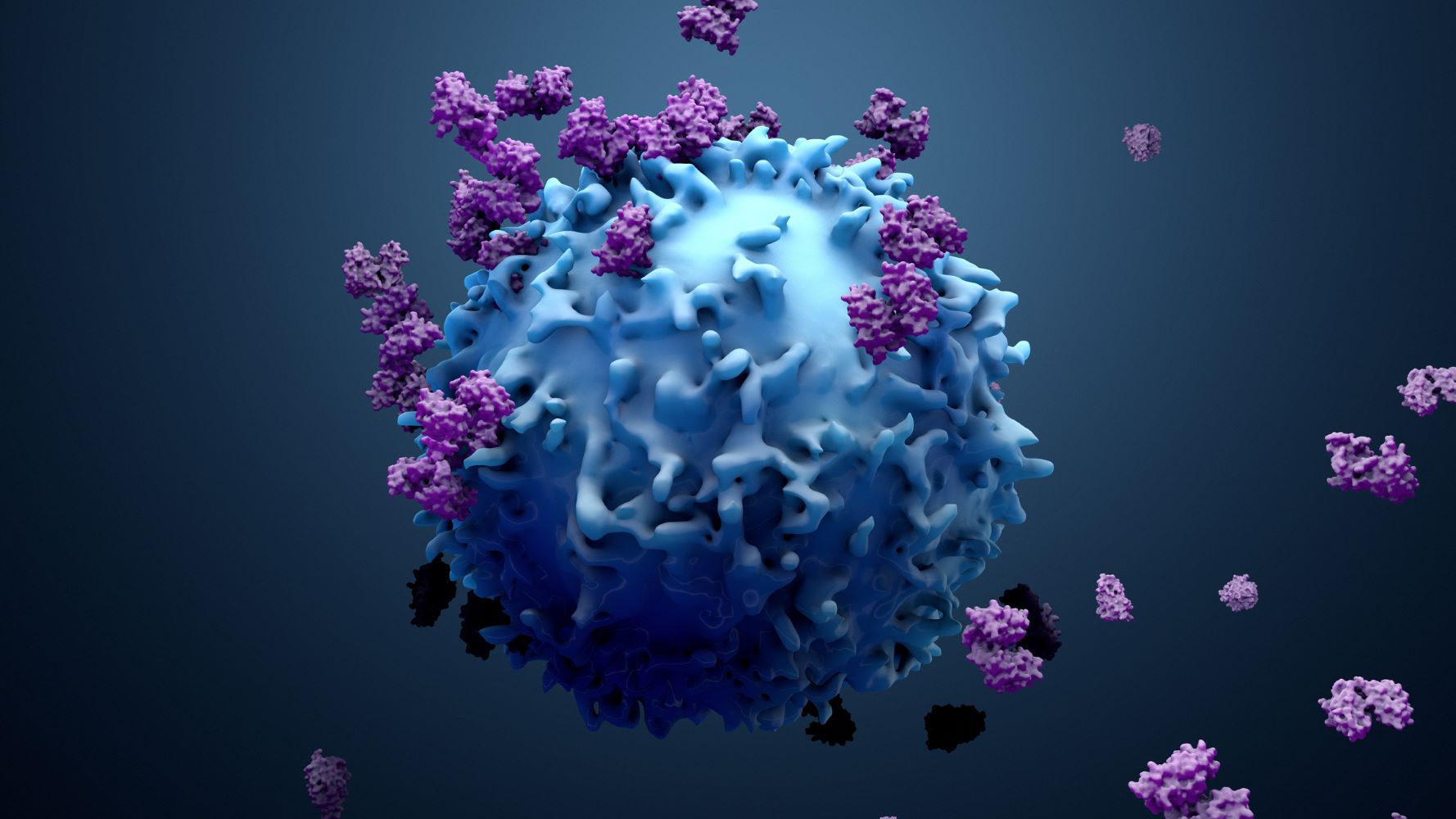The following is a summary of the “Phenotypic and functional characterisation of synovial fluid-derived neutrophils in knee osteoarthritis and knee infection,” published in the January 2023 issue of Osteoarthritis and Cartilage by Manukyan, et al.
Although it has long been known that knee infections are linked to an increase in neutrophils (NEUs), the role that NEUs play in the pathophysiology of knee osteoarthritis (KOA) has received relatively little attention. Researchers in this study compared the phenotype and function of NEUs isolated from synovial fluid (SF) in knee osteoarthritis (KOA) and knee infection (INF). CD11b, CD54, and CD64 expression were lower in KOA NEUs while CD62L, TLR2, and TLR4 expression was higher.
The levels of inflammatory mediators and proteases were lower in KOA SF compared to INF SF, with the exception of CCL2. Increased reactive oxygen species production and phagocytic activity were two functional characteristics shared by KOA NEUs over INF NEUs. Human umbilical vein endothelial cells were used to evaluate the effects of KOA and INF NEUs on endothelial cells, and the cells’ sizes, histological characteristics, and cell types of the surrounding synovial tissues were all different.
Patients with high SF NEUs (10%-60%) were distinguished from those with low NEUs (10%) by increased SF protein levels of TNF, IL-1RA, MMP minus 9, sTREM minus 1, VILIP minus 1, and decreased CD54, CD64, TLR2, and TLR4 expression. Analysis of paired SF samples suggests that low or high NEU percentages, respectively, persist throughout the course of the disease. Investigators’ results raise the possibility that NEU plays a crucial role in the pathophysiology of KOA. The mechanisms underlying the increased number of NEUs in SF and the clinical consequences of a neutrophilic phenotype in KOA warrant further investigation.
Source: sciencedirect.com/science/article/abs/pii/S1063458422008639



















